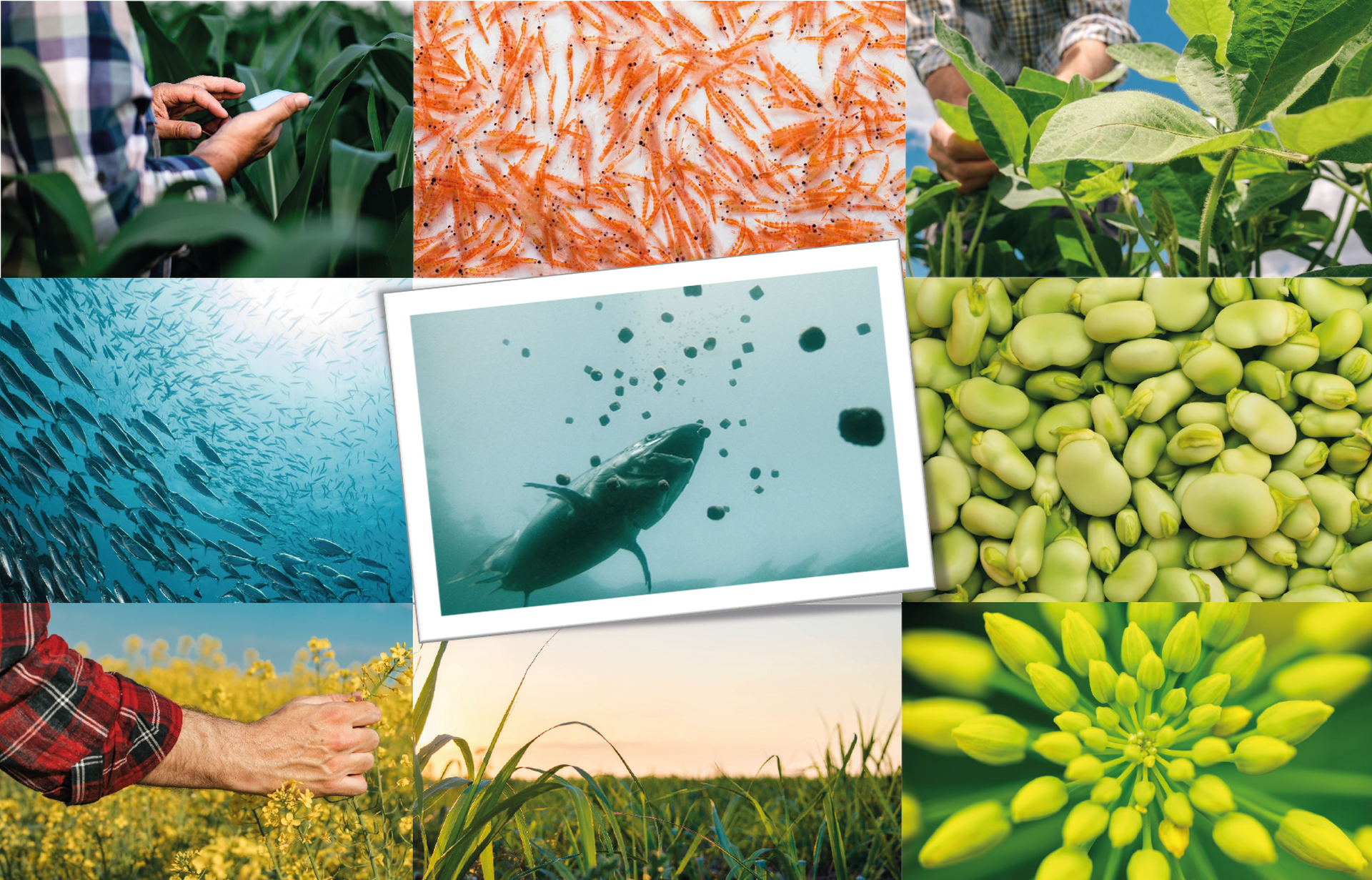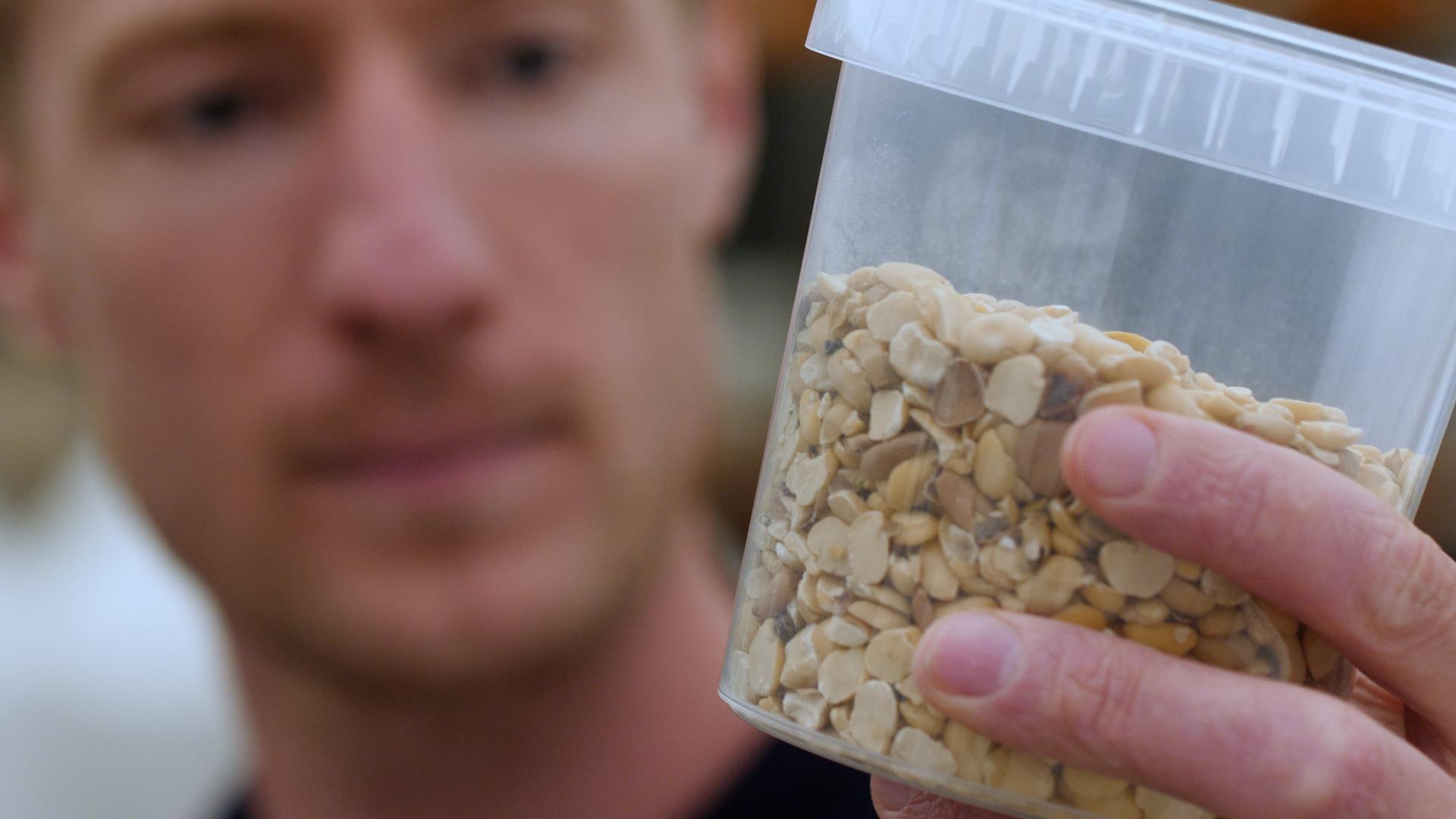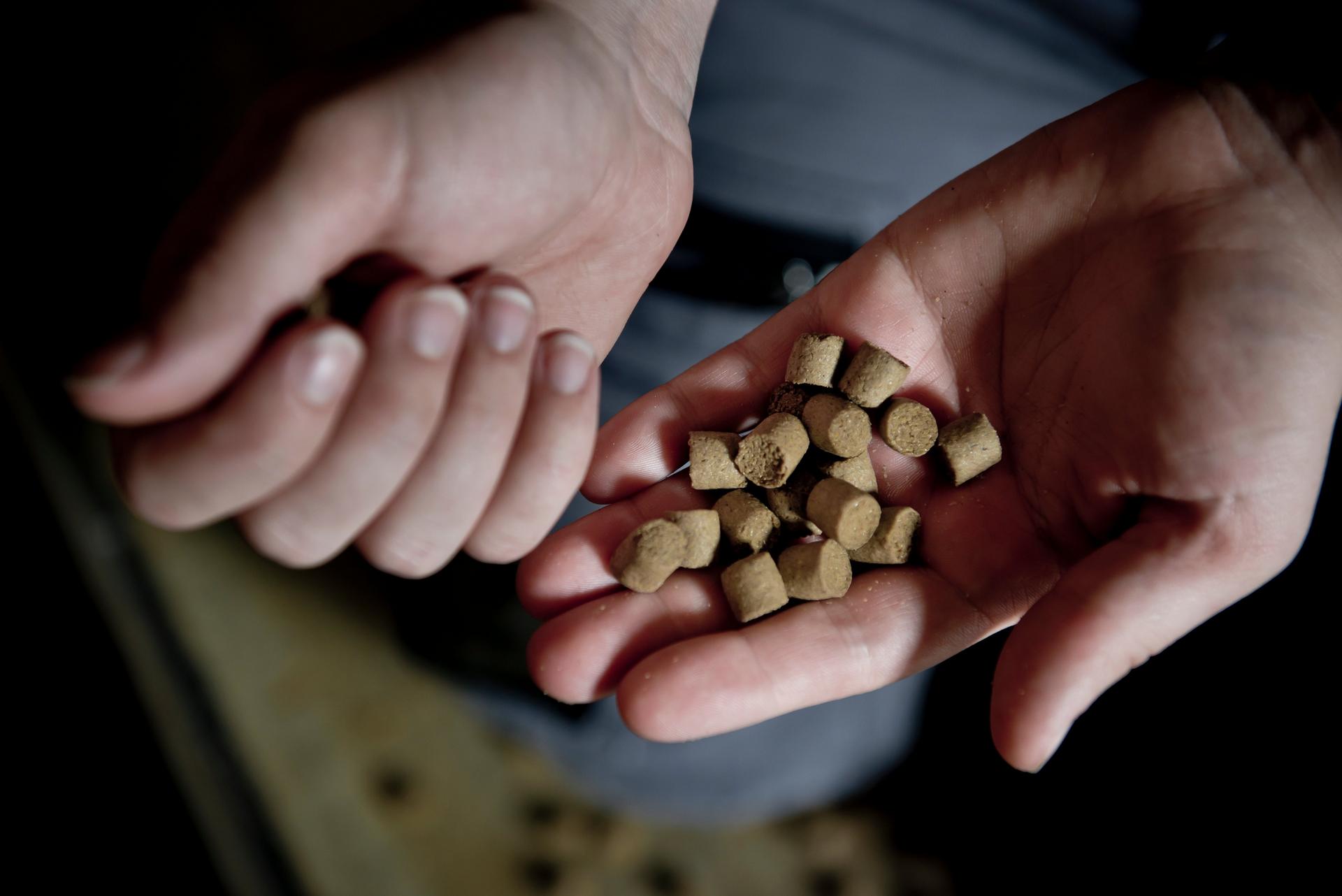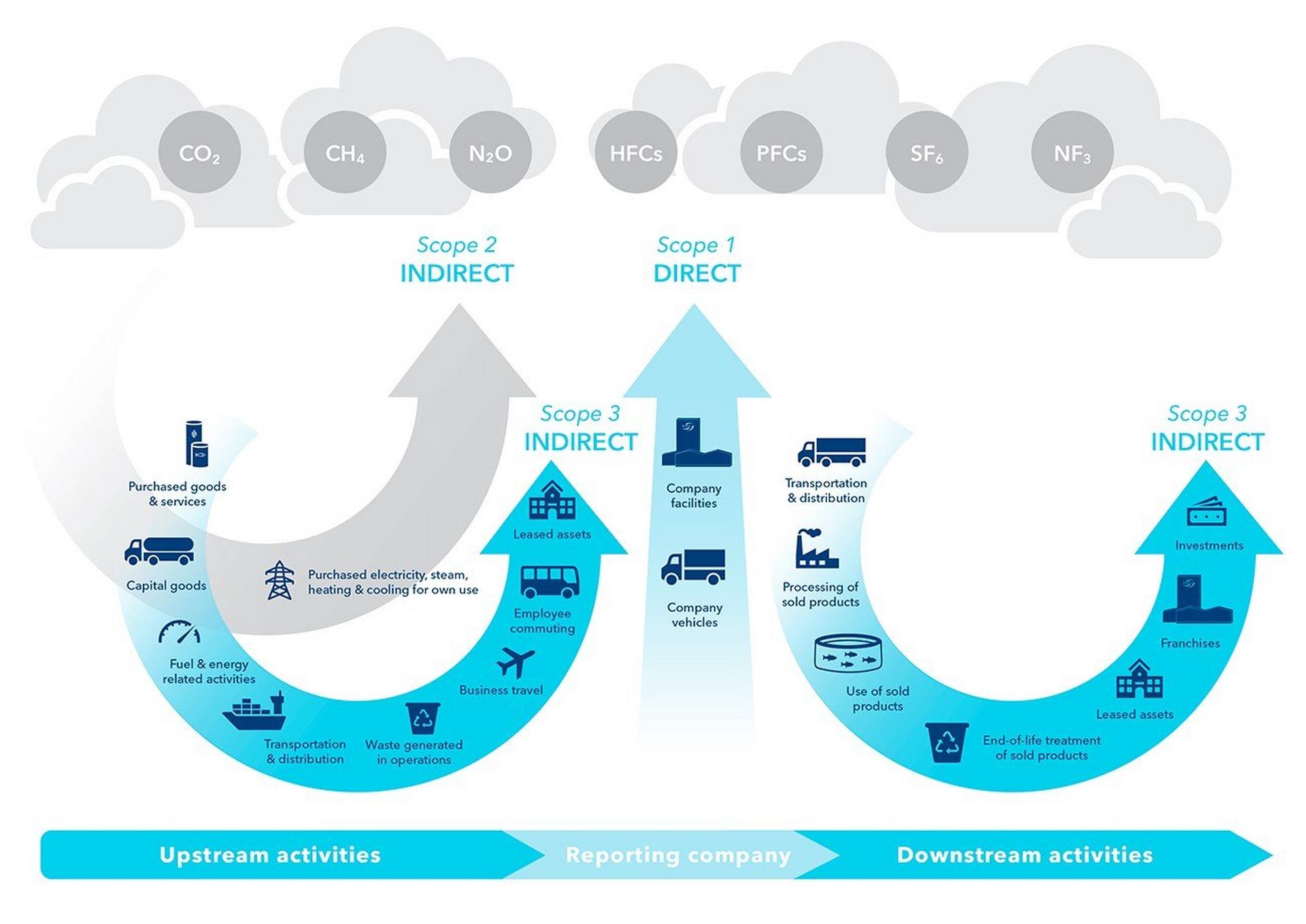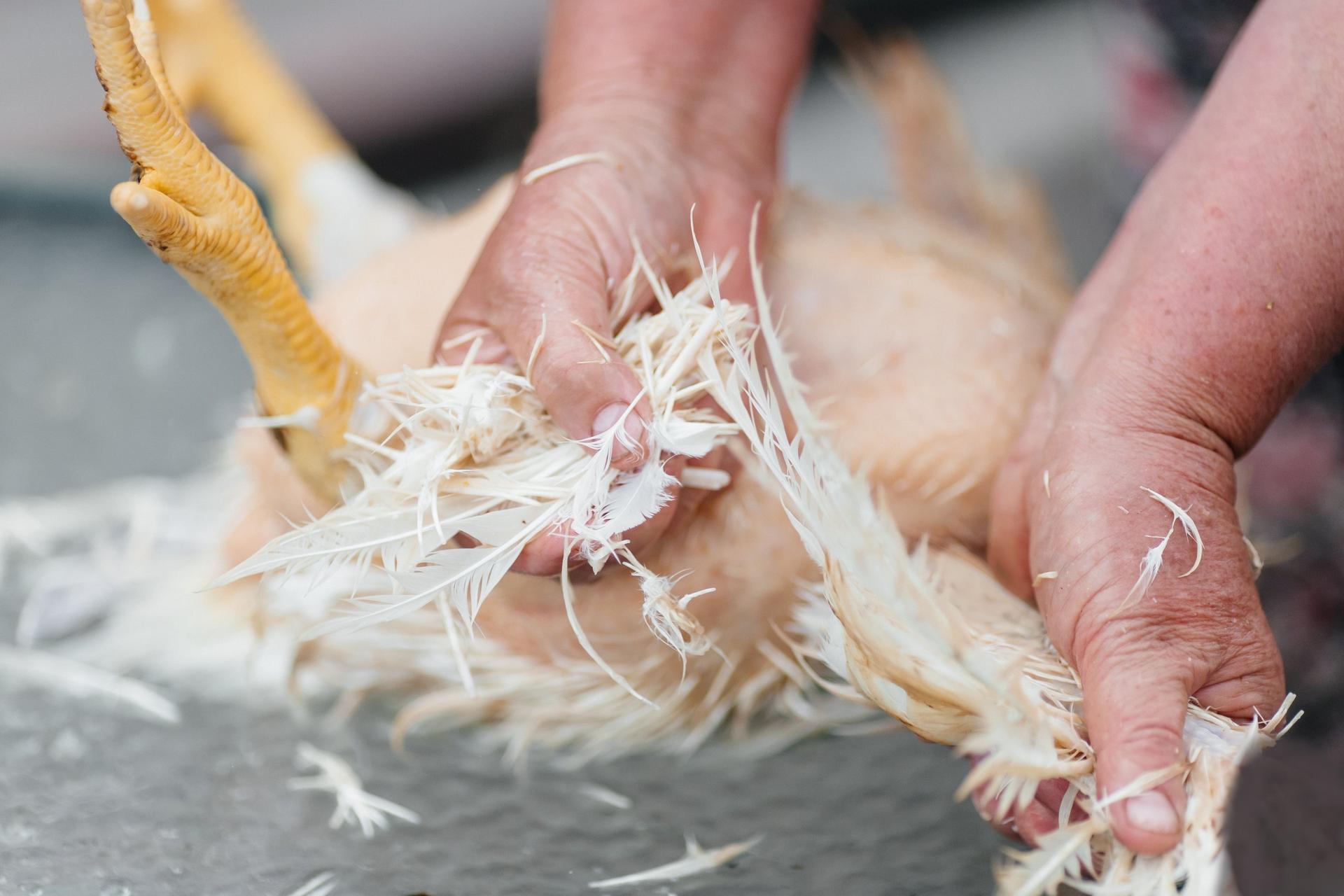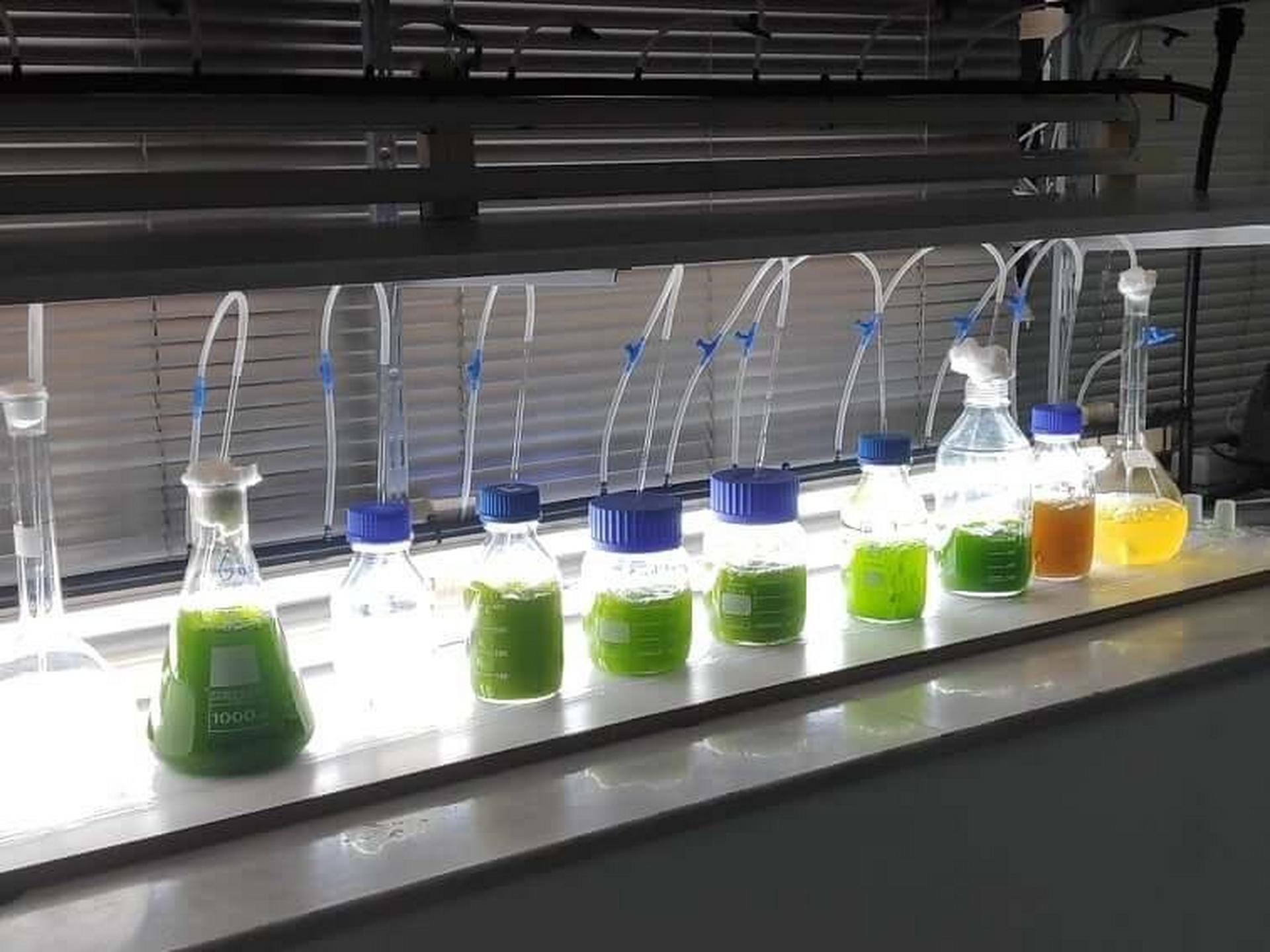Our raw materials are sourced exclusively from approved suppliers, and we maintain full traceability to ensure that sustainability, quality, and food safety standards are consistently met.
Is local sourcing always more sustainable?
Local sourcing of raw materials often seems like a more sustainable choice. However, the emission impact of locally sourced ingredients depends on a variety of factors such as source, geographic location, transportation, processing, and land use. Simply considering geographic proximity without accounting for the full environmental footprint can lead to misguided conclusions. Transportation does indeed affect the energy use and CO2 emissions of ingredients. Factors such as efficient large-scale production processes, stack transport, and sustainable fishing methods can significantly alter the environmental impact, making it more complex than just focusing on the location of sourcing.
When creating aquaculture feed, several parameters must be taken into account: performance, cost, nutrition, and sustainability. Sourcing responsible ingredients that support performance, digestion, efficiency, and health is critical. The inclusion rate and nutritional profile of these ingredients are important factors to consider. For example, reducing protein content may lower the carbon footprint, but it could also lead to performance losses and reduced feed efficiency.
Feed accounts for up to 80% of the carbon footprint in fish farming. Therefore, making feed more sustainable has a significant impact on the overall environmental footprint of the industry. In addition to sourcing sustainable feed ingredients, the use of renewable energy sources at production sites and during transportation can further reduce the carbon footprint.
The demand for sustainable products in the aquaculture industry is growing. By responding to this demand, it's not only essential to focus on sourcing sustainable feed ingredients but also on improving the energy efficiency of production processes, adopting a life cycle thinking approach embracing transparency and cooperation frameworks to drive sustainable practices across the supply chain. A climate-friendly approach to raw material sourcing is a critical step towards reducing emissions and achieving a more sustainable aquaculture industry.

